Unboxing and Initial Setup of the Cuisinart Bread Machine
Unboxing your Cuisinart bread machine reveals the main unit, baking pan, kneading paddle, measuring cups, and instruction manual. Place it on a stable, heat-resistant surface, ensuring good ventilation. Before first use, wipe all parts with a damp cloth and dry thoroughly. Familiarize yourself with the control panel and settings to ensure smooth operation.
- Inspect all components for damage.
- Position the machine away from direct sunlight.
- Read the manual for initial setup guidance.
1.1. What’s Included in the Box
Your Cuisinart bread machine comes with essential components: the main unit, a non-stick baking pan, a kneading paddle, measuring cups, and an instruction manual. Some models may also include a recipe booklet and power cord.
- Main bread machine unit
- Baking pan with handle
- Kneading paddle
- Measuring cups and spoons
- Instruction manual
1.2. Placing the Machine in Your Kitchen
Place the Cuisinart bread machine on a stable, flat, heat-resistant surface. Ensure it is away from direct sunlight and water sources. Position it in a well-ventilated area to prevent overheating. Keep it at least 4-6 inches away from walls and other appliances for proper airflow and safety.
- Choose a heat-resistant countertop.
- Keep it away from direct sunlight.
- Ensure good ventilation.
1.3. First-Time Cleaning and Preparation
Before first use, wash the baking pan and kneading paddle with mild soap and warm water. Wipe the machine’s exterior with a damp cloth, avoiding harsh cleaners. Ensure all parts are dry before assembling. This preparation ensures optimal performance and prevents contamination.
- Use mild soap for cleaning.
- Avoid abrasive cleaners.
- Do not submerge the machine in water.
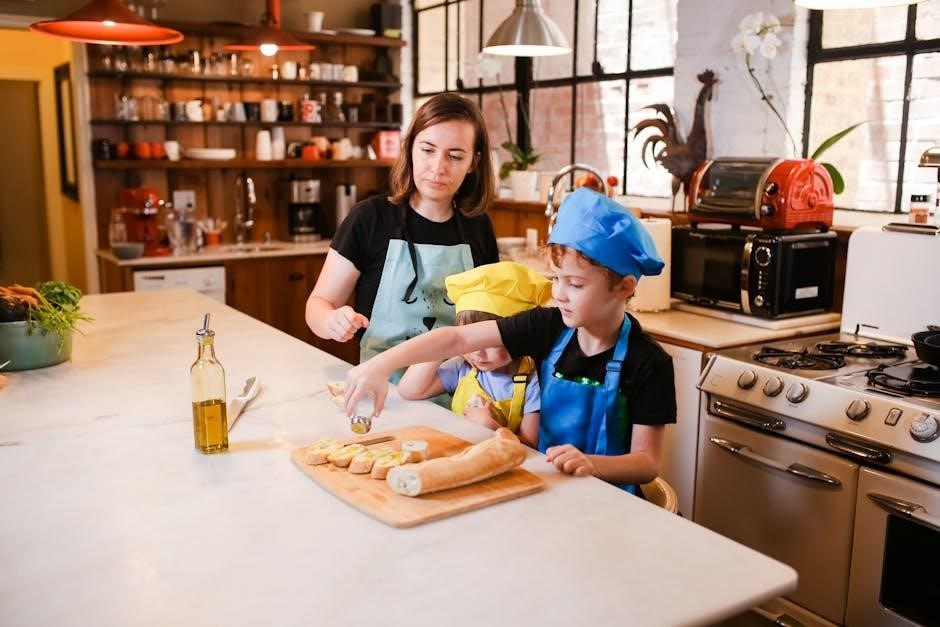
Important Safety Instructions for Cuisinart Bread Machines
Always read the manual before use. Place the machine on a stable, heat-resistant surface, away from water sources. Avoid overheating by ensuring proper ventilation.
- Keep children away during operation.
- Never submerge the machine in water.
- Use oven mitts when handling hot parts.
2.1. General Safety Precautions
Place the machine on a stable, heat-resistant surface away from water sources. Avoid overheating by ensuring proper ventilation. Never leave the machine unattended during operation.
- Keep children away from hot surfaces and moving parts.
- Avoid touching the machine’s exterior during operation.
- Use oven mitts when removing bread or cleaning.
2.2. Electrical Safety Tips
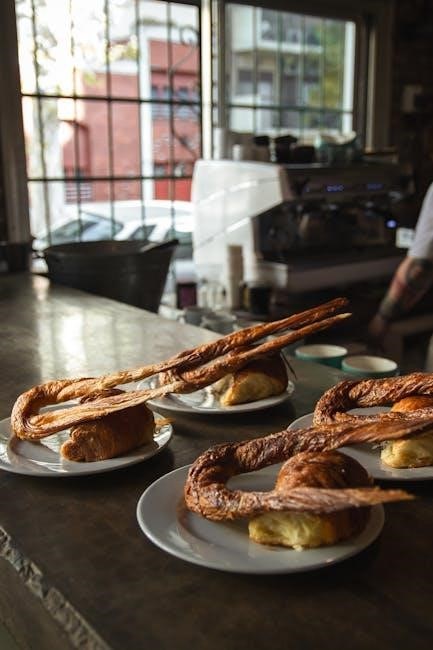
Always use the machine on a grounded electrical outlet. Avoid overloading circuits and ensure the power cord is undamaged. Keep the machine away from water sources to prevent electrical shock.
- Never submerge the machine in water.
- Unplug the machine when not in use.
- Use the correct voltage as specified in the manual.
2.3. Handling Hot Surfaces Safely
Always use oven mitts or tongs to handle the hot baking pan and bread. Avoid touching the machine’s exterior during operation, as it may get hot. Keep children away from the machine while it’s in use.
- Let the machine cool down before cleaning.
- Never leave the machine unattended during operation.
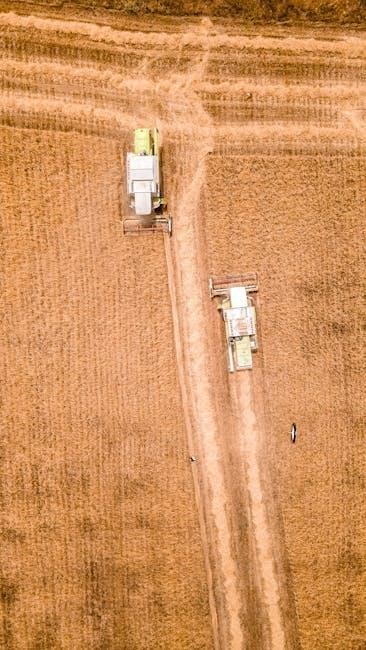
Understanding Your Cuisinart Bread Machine Features
The Cuisinart bread machine offers customizable settings, delayed start, and special modes for various bread types. Its LCD display simplifies navigation, while the convection feature ensures even baking. Explore its advanced options for tailored results.
- Customizable crust color control.
- Multiple pre-programmed settings.
3.1. Key Components of the Machine
The Cuisinart bread machine features a sturdy baking pan with a non-stick coating, a durable kneading paddle, and a user-friendly control panel. The LCD display allows easy cycle selection, while the viewing window lets you monitor progress without opening the lid. These components ensure efficient and consistent bread making.
- Baking pan with handle for easy removal.
- Kneading paddle designed for thorough dough mixing.
3.2. Customizable Settings and Options
The Cuisinart bread machine offers customizable settings, including crust color options (light, medium, dark) and loaf sizes (1-2 lbs). It also features a delay start timer, allowing you to prepare ingredients in advance and bake fresh bread when convenient. Additional settings include dough-only and bake-only modes for versatility.
- Adjustable crust color for varying preferences.
- Delay start timer for scheduled baking.
- Multiple loaf size options to suit needs.
3.3. Special Modes for Different Bread Types
The Cuisinart bread machine features special modes tailored for various bread types, including gluten-free, sourdough, and sweet bread settings. These modes adjust rising, kneading, and baking times to ensure optimal results for each bread type, catering to diverse dietary and culinary preferences.
- Gluten-free mode optimizes dough handling and rise.
- Sourdough mode extends fermentation time for authentic flavor.
- Sweet bread setting adjusts for added sugars and mix-ins.
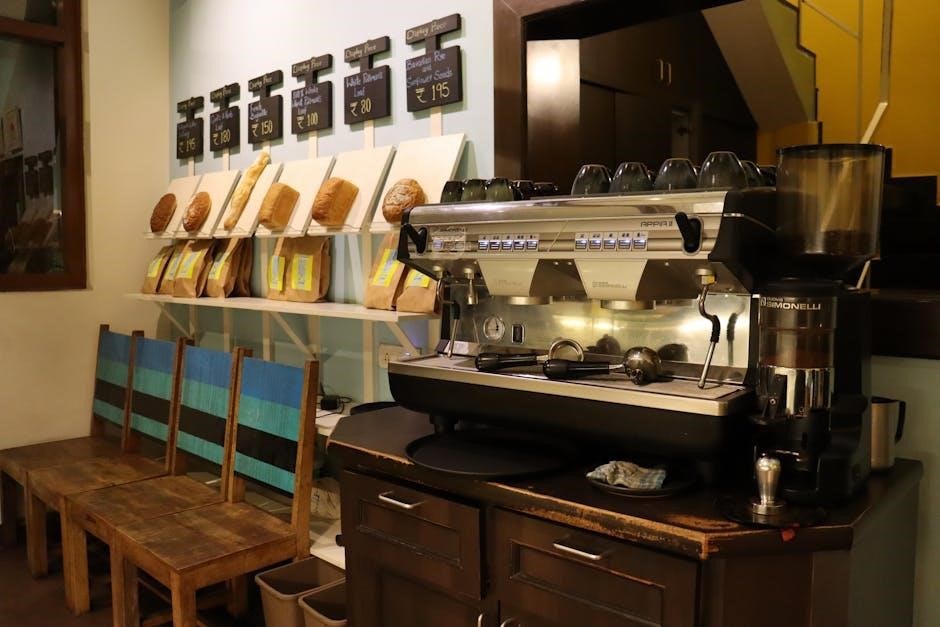
Basic Ingredients and Measurements for Bread Making
Essential ingredients include flour, yeast, salt, sugar, and water. Accurate measurements ensure the right dough consistency and rise. Using a digital scale enhances precision for best results.
4.1. Essential Ingredients for Bread Dough
The basic ingredients for bread dough include high-quality flour, active dry or instant yeast, salt, sugar, and warm water. Flour provides structure, yeast ensures rise, salt enhances flavor, sugar feeds yeast, and water hydrates the dough. Using fresh, precise measurements of these ingredients is crucial for optimal results.
- Flour: All-purpose or bread flour works best.
- Yeast: Active dry or instant yeast is recommended.
- Salt: Enhances flavor and controls yeast activity.
- Sugar: Feeds yeast for fermentation.
- Water: Warm water aids dough hydration.
4.2. Measuring Tools and Accuracy
Accurate measurements are vital for bread making. Use a digital scale for precise flour and yeast amounts, and measuring cups for liquids. Avoid approximating, as this can affect dough consistency and rise. Invest in sturdy, clear measuring tools to ensure clarity and precision during preparation.
- Digital scale for accurate dry ingredient measurements.
- Clear measuring cups for liquids.
- Avoid over- or under-measuring for best results.
4.3. Adjusting Ingredient Ratios for Best Results
Adjusting ingredient ratios ensures optimal dough texture and bread structure. Start with a 3:4 flour-to-liquid ratio for denser bread or 2:3 for lighter loaves. Small changes in yeast or salt amounts can significantly impact rise and flavor. Experiment gradually and note adjustments for consistent results.
- Flour-to-liquid ratio affects texture and rise.
- Altitude may require yeast or salt adjustments.
- Record changes for future batches.
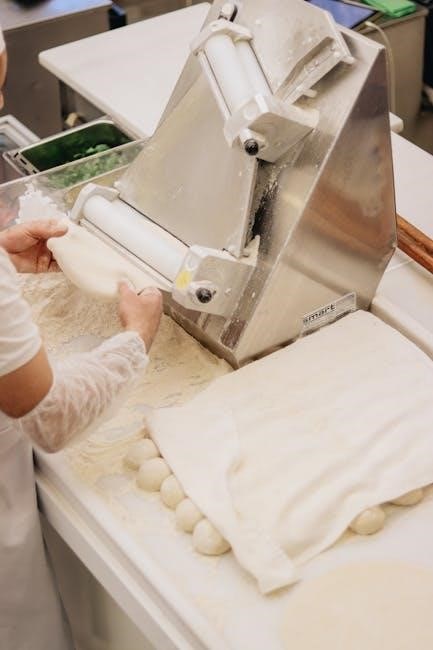
Step-by-Step Guide to Using the Cuisinart Bread Machine
Load ingredients in the specified order, select your desired cycle, and let the machine do the work. Monitor progress through the viewing window and ensure the pan is secure.
- Add ingredients as per the recipe.
- Choose the correct cycle and settings.
- Let the machine complete the process.
Add liquids first, then dry ingredients, and place yeast last to prevent premature activation; Ensure all items are within the pan’s capacity for even mixing and proper dough formation. Follow the manual’s guidelines for precise measurements and order to achieve optimal results. Select the cycle based on bread type: basic, whole wheat, rapid, or gluten-free. Choose crust color and loaf size. Use delay start for convenient baking. Adjust settings according to the recipe and desired texture, ensuring optimal results for your specific bread needs. Monitor the baking process through the machine’s LCD display. Check dough consistency during kneading and ensure even mixing. Avoid opening the lid during baking to maintain heat. Stay nearby to address any issues promptly and ensure a perfectly baked loaf every time. Identify common issues like uneven mixing or incomplete baking. Refer to the manual for error codes and solutions. Clean the machine regularly to prevent malfunctions and ensure optimal performance. Common errors include incomplete baking or uneven mixing. Check power connections and ensure the lid is closed properly. Verify ingredient measurements and order. Consult the user manual for specific error codes and solutions to address issues effectively and maintain machine performance. Bread may not rise due to expired yeast, incorrect temperature, or insufficient water. Ensure yeast is fresh and stored properly. Check water temperature and ingredient measurements. Verify the machine’s heating element is functioning correctly for optimal rising conditions during the baking cycle. Crust issues can arise from incorrect temperature settings or inconsistent ingredient ratios. Ensure the machine’s heating element is calibrated and functioning properly. Adjust the crust color setting on your Cuisinart bread machine, and verify that all ingredients are measured accurately for optimal results. Regular cleaning prevents residue buildup. Wipe the machine with a damp cloth and mild detergent, avoiding abrasive materials. Dry thoroughly after cleaning. Regular maintenance ensures optimal performance and longevity. Regularly clean the machine after each use to prevent dough residue. Remove the baking pan and paddle, washing them with warm soapy water. Wipe the exterior with a damp cloth and mild detergent, avoiding harsh chemicals. Dry all parts thoroughly to prevent rust. Deep clean the interior and pan every 1-2 months. Unplug the machine, then mix baking soda and water into a paste. Apply to the interior and pan, letting it sit for 30 minutes. Scrub with a soft brush, rinse, and wipe clean with a damp cloth. Store the Cuisinart bread machine in a cool, dry place away from direct sunlight. Use the original packaging or a protective cover to prevent dust buildup. Ensure the machine is clean and dry before storage to maintain hygiene and longevity. Explore gourmet bread-making with advanced recipes like sourdough, gluten-free, and sweet breads. Experiment with unique flavors and ingredients to create personalized masterpieces at home effortlessly. Create delicious gluten-free bread using specialized flours like rice, almond, or coconut. Adjust recipes to include xanthan gum for texture and ensure accurate measurements for best results. Experiment with flavors like olive oil and herbs for a savory twist or add honey for sweetness. Elevate your bread-making with sourdough and artisan recipes. Use a sourdough starter for authentic flavor and longer fermentation times. Experiment with ancient grains or herbs for unique profiles. The machine’s dough cycle allows for manual shaping, creating crusty, chewy loaves reminiscent of artisanal bakeries. Create delicious sweet treats like cinnamon rolls, brioche, or fruit bread. Use ingredients like sugar, eggs, and butter for richness. Add fruits, nuts, or chocolate for flavor. The machine’s dough cycle simplifies preparation, allowing you to shape and bake later for fresh, homemade pastries. Achieve perfect bread by ensuring precise measurements, using room-temperature ingredients, and avoiding overmixing. Regularly clean and maintain the machine for optimal performance and consistent results. Choosing the right flour is foundational for perfect bread. Use all-purpose or bread flour for optimal results. Fresh flour ensures active yeast and better rise. Always measure accurately for consistent dough quality and texture. Proper yeast and salt proportions are crucial for optimal rise and flavor. Start with the recipe’s recommended amounts, then adjust based on results. Too much yeast can cause over-proofing, while too little may result in a dense loaf. Salt enhances flavor and balances sweetness without hindering yeast activity. Enhance your bread’s flavor by adding herbs and spices. Try rosemary for a savory touch or cinnamon for sweetness. Mix them into the dough or sprinkle on top before baking. Start with a teaspoon of herbs and adjust to taste. Experiment with combinations for unique recipes. Cuisinart offers various models like CBK-100, CBK-200, and CBK-110C, differing in loaf size, features, and design. The CBK-200 includes convection baking, while the CBK-110C is compact. Each model suits different baking needs and kitchen spaces. The CBK-100 and CBK-200 differ in features and capacity. The CBK-200 offers a 2-pound loaf capacity and advanced features like convection baking, while the CBK-100 is a basic model with a 1-pound capacity, ideal for smaller batches and simple bread making needs.5.1. Adding Ingredients in the Correct Order
5.2. Selecting the Right Cycle and Settings
5.3. Monitoring the Baking Process
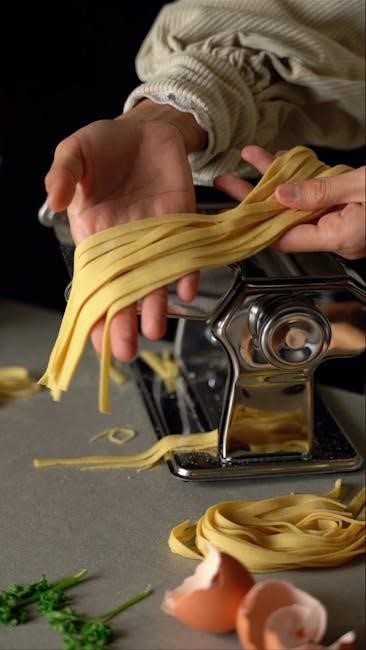
Troubleshooting Common Issues with the Cuisinart Bread Machine
6.1. Common Errors and How to Fix Them
6.2. Why Your Bread Might Not Be Rising Properly
6.3. Solving Crust Color or Texture Problems
Cleaning and Maintaining Your Cuisinart Bread Machine
7.1. Regular Cleaning Routine
7.2. Deep Cleaning the Interior and Pan
7.3. Storing the Machine Properly
Advanced Recipes for Your Cuisinart Bread Machine
8.1. Gluten-Free Bread Recipes
8.2. Sourdough and Artisan Bread Options
8.3. Sweet Breads and Doughs
Tips for Perfect Bread with the Cuisinart Machine
9.1. Using the Right Flour for Your Bread
9.2. Adjusting Yeast and Salt Quantities
9.3. Enhancing Flavor with Herbs and Spices
Comparing Cuisinart Bread Machine Models
and Final Thoughts
10.1. CBK-100 vs. CBK-200: Key Differences
